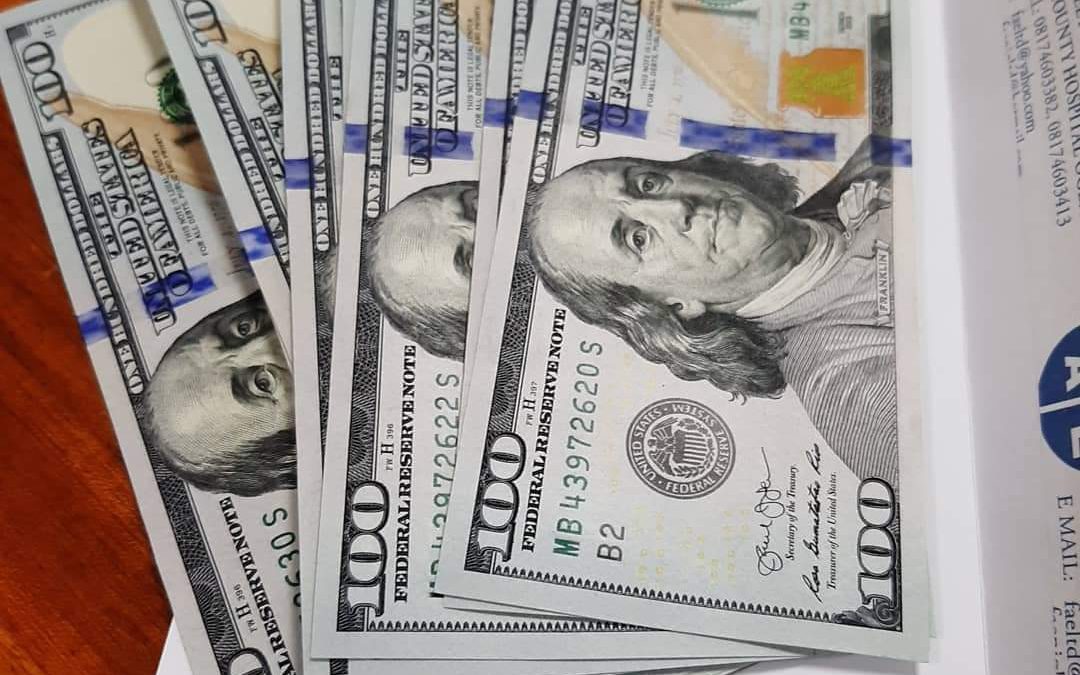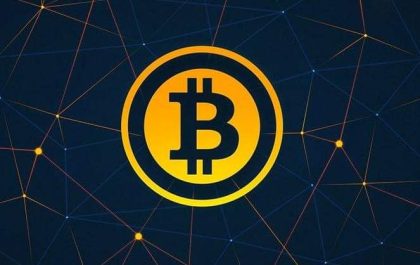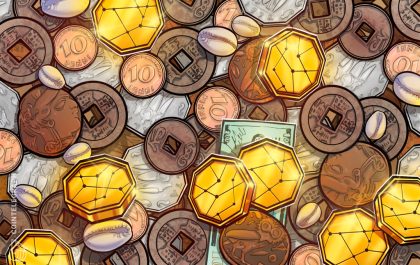-Hope Moses-Ashike
In recent times, the US dollar, the world’s reserve currency, has grown so strong and the effects of its rapid rise are reverberating across the globe. The reason for the new high of US dollars against the global currencies is attributable to the rise in interest rates in the United States.
The Federal Reserve officials, on Wednesday, unanimously agreed to raise their benchmark federal-funds rate to between 2.25 percent and 2.5 percent. The US dollar Index which measures the value of the US dollar against a basket of other major foreign currencies is up 11 percent year-to-date. Furthermore, the South African Rand has depreciated by -4 percent ytd against the US dollar, while major currencies such as the Euro, and the British Pound have seen sharper ytd declines of about -11 percent and -10 percent respectively, a note from the FBNQuest stated.
This however impacts negatively on Nigeria’s economy as its currency gets weaker. What is the exchange rate? Given that the dominant foreign currency in Nigeria, as it is in many other countries, is the US Dollar, the exchange rate in Nigeria usually refers to the price of the US Dollar. Every other currency’s exchange rate, such as the exchange rate of the British Pounds Sterling, derives from the price of the US Dollar, according to the Central Bank of Nigeria (CBN).
In the 1970s and 1980s Naira was “stronger” than the US Dollar, or at least, were at par, according to a statement from the CBN. Today, Naira has depreciated to a peak of N430 per dollar at the official market, known as Investors and exporters (I&E) forex window, and N710/$ at the parallel market, popularly called black market. One of the major factors affecting the Naira/dollar exchange rate is rising demand for US dollars.
According to data from the UNESCO’s Institute of Statistics, the number of Nigerian students abroad increased from less than 15,000 in 1998 to over 71,000 in 2015. By 2018, this number had risen to 96,702 students, according to the World Bank. In the 1980s and 1990s, you would search hard before you can find parents who sent their children to primary and secondary schools abroad. Today, a sizable amount of the foreign exchange requests Nigerian banks receive for school fees are for primary and secondary school education, some of which are for neighbouring African countries.
Consequently, foreign education has cost the country a whopping sum of $28.65 billion between 2010 and 2020, according to the CBN’s publicly available Balance of Payments Statistics. If this amount were not sent abroad but was part of the CBN’s Foreign Exchange Reserves, the Naira would be much stronger today.
Over the last 10 years, therefore, foreign exchange demand specifically for education and healthcare has cost the country almost US$40 billion. Nigeria imports more than it exports. Godwin Emefiele, governor of the CBN had urged Nigerians to play their role by adjusting their consumption patterns, looking inwards and finding innovative solutions to the country’s challenges.
According to the FBNQuest the surge in FX demand is largely related to seasonal factors such as people vacationing during the summer holiday season and payment of school fees by students studying abroad.
One of the major challenges with the naira’s valuation includes the lack of export diversification and the persistently high inflation levels in Nigeria, especially in the last few years. According to the latest balance of payment data from the CBN, proceeds from oil and gas sales accounted for about 89 percent of the value of merchandise exports in the first quarter of 2022. Losses in national productivity caused by insecurity, inadequate electricity, and poor infrastructure are also related causes.
The CBN has established initiatives like the RT 200 programme that aims to enhance credit availability to certain sectors of the economy in order to boost foreign exchange inflow from non-oil exports. However, the fiscal authorities must take additional steps to resolve the structural issues.
There are various socio, political and economic factors that cause the rise and fall of the US dollar price. The US dollar has been predominantly used as a currency peg. This is when a government policy implements fixed exchange rates for its national currency to that of another country, in this case the US dollar. Some countries that use the US dollar as a medium of exchange include Ecuador, Puerto Rico and Zimbabwe.
Using the US dollar as a dominant currency increases its demand, making it the world’s reserve currency as most countries use it for the global trade of commodities. Central banks and major financial institutions store reserve currencies for use in global transactions and to decrease risks associated with exchange rates.
However, over the years, another threat to the US dollar’s status as a reserve currency has been other alternative currencies. These are the euro, Japanese yen, British pound sterling, including the smaller reserve currencies like the Canadian dollar and Australian dollar.
Despite their small market share in the reserve currency, these alternative currencies are slowly eating away at the US dollar’s dominance and might negatively impact the future demand for this currency.
Inflation
Inflation is the rate at which an economy’s currency loses its purchasing power over time. A weaker dollar would increase the price of imports, leading to a rise in inflation. This would place more pressure on the US economy, that’s currently dealing with rising inflation and potentially restricting consumers from borrowing.
The government tends to increase the federal funds target rate, subsequently leading to a rise in short-term interest rates. This raises the cost of credit, which increases the economy’s wealth as the supply of money is reduced. However, it also deters consumers and businesses from taking out loans, encouraging them to save and potentially earn high interest.
An economic cycle shows how inflation affects the financial markets. There’s an increase in interest rate when the economy grows and a decrease when the economy contracts.
For instance, the cost of a Mars chocolate bar you buy today is likely to be priced higher than it was a year or two ago. Meaning if you buy an item for $10 today, it’ll cost quite a bit more in a year or two.
While this is a simplified example, it does demonstrate the impact inflation has on the consumer’s purchasing power, which is applicable to the cost of both goods and services.
Political instability and unpredictable events
When geo-political uncertainty is on the rise, investors tend to move wealth into safer, less volatile currencies that will weather the storm better. There are several of these currencies around the world – with the US dollar being one of them.
The Ukraine-Russia conflict has also led to the dominance of the US dollar as investors looked for a safer haven and a more liquid market. Since the beginning of the Russian invasion on Ukraine, the price of the US dollar strengthened.
This followed the US dollar’s weakened state compared to major currencies like the euro and the pound sterling in the first year of the Covid-19 pandemic. Other major currencies include the Japanese yen, Canadian dollar, Swedish krona and Swiss franc.
In the 12 months to June 2022, the US dollar price increased by 12% against the euro, 9% against the pound, and 16% against the yen.
Related posts
Global | Didi Angaye Earns A Distinction Award, Another Feather To The Cap
On a bright sunny day, in the month of July, 2024, the prestigious Staffordshire University located in the West Midlands of England organised its Award giving and Graduation ceremony to honour graduates of various educational programmes and courses which it offers. Didi Timipah Angaye,…
Olu Of Warri Bags Award In UK, Wife Advocates Return To Cultural Values
The Olu of Warri, Ogiame Atuwatse III, has received the Leadership and Community Development award at the 14th African Achievers Awards (AAA), which took place at the Parliament House, United Kingdom. The award was presented by a member of the House of Lords, London, Rt…
Brit Awards | Asake, Burna Boy And Other ‘New Cats’ Get Nominations
Nigerian singers Burna Boy, Asake, and Rema have been nominated for the 2024 Brit Awards. The nomination list for the annual music awards show was released on Wednesday 25, January 2024. Burna Boy and Asake made the ‘Best International Artiste’ category, while ‘Calm…
Brit Awards 2024 | The Full List Of Artist(e)s
This year’s Brits nominees have been revealed ahead of the ceremony in London in March. Dua Lipa is the first star confirmed to perform at the event – but how many awards is she up for? Musicians including Raye, Central Cee, J Hus and Blur are also…
Top 10 Cryptocurrencies To Invest in January 2024
-Michael Adams From Bitcoin and Ethereum to Dogecoin and Tether, there are thousands of different cryptocurrencies, making it overwhelming when you’re first getting started in the world of crypto. To help you get your bearings, these are the top 10 cryptocurrencies based on their market…
The Risk And Reward Of ChatGPT In Cybersecurity
Juan is an experienced CTO with a demonstrated history of working in the computer and network security industry. He is an information technology professional skilled in SAP and Oracle applications, computer forensics, vulnerabilities research, IPS/IDS and information security. Unless you’ve been on a retreat in…
Explained – History Of Money From Fiat To Crypto
What is money? Money as a concept has been a cornerstone of human civilization and economic development. To start with the latter, money is a method of storing value and worth, and it also functions as a medium of exchange that allows individuals to exchange…
Studies Show That Nigerian Crypto Foreign Investment Is At A Record Low
Foreign direct investment in Nigeria fell by 33% last year due to a severe shortage of dollars, which discouraged crypto companies from expanding into the country. The largest economy in Africa has a foreign investment problem despite exponential growth in crypto adoption. The National Bureau…












